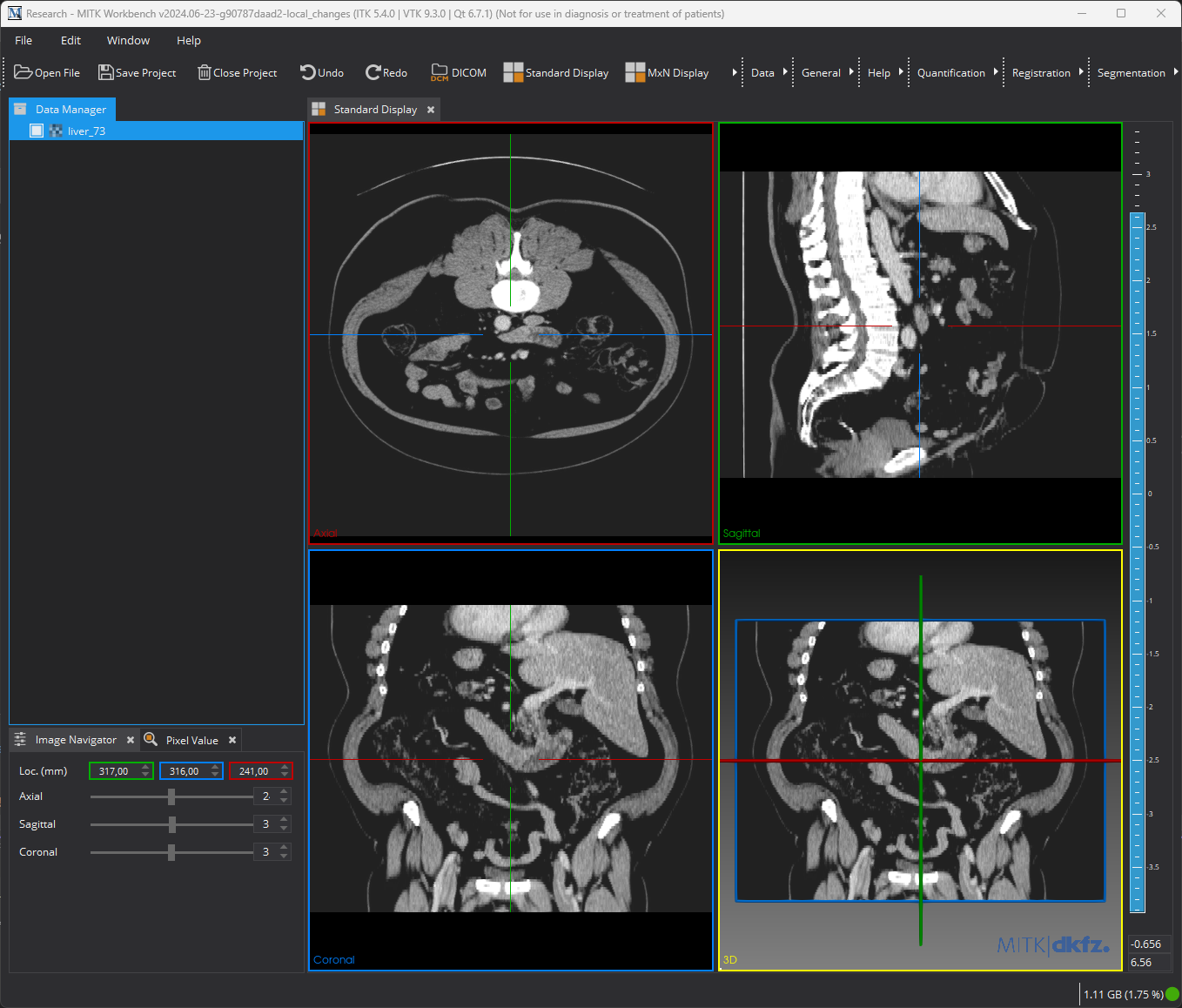The format is used in IMSY groups and also in several projects in MIC. Having support for the format to allow direct visualsation (and annotation) of images stored in this format might be nice.
- Check implications/dependencies
- If OK, implement a reader for image data type
we'll have a look at the format and if there are implications involved
Source: https://github.com/Blosc/c-blosc2
Open questions:
- Is a writer needed? (If yes, then it should be implemented with meta data support (blosc2 allows that, to also support lossless serialization of images and annotations in blosc2)
